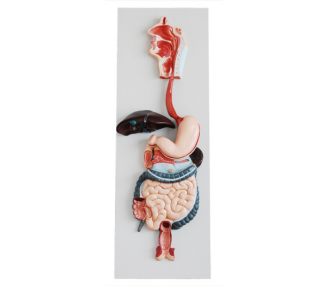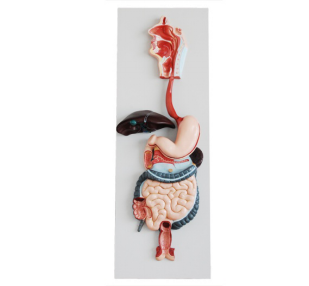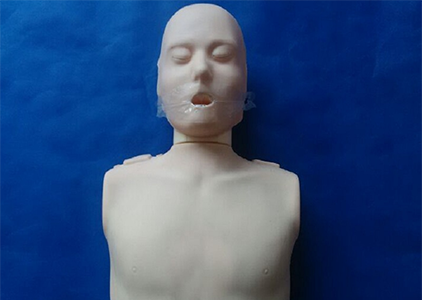
The digestive system model is considered an indispensable teaching aid in medical education for several reasons:
First of all, the digestive system is a highly complex and versatile system in the human body, and its anatomical structure and physiological processes are a major challenge to medical science. The digestive system model provides students with an intuitive and three-dimensional learning object by accurately simulating real human digestive organs and processes. This intuitiveness helps students quickly build an overall understanding of the digestive system, reducing the difficulty of understanding complex anatomical structures and physiological mechanisms.

Secondly, digestive system models play an important role in facilitating the integration of theory and practice. In medical education, the study of theoretical knowledge is the foundation, but how to apply theoretical knowledge to clinical practice is the key. The digestive system model allows students to perform interactive operations, such as simulating the movement of food in the digestive tract, observing the secretion of digestive fluid, etc. This practical learning experience helps students to deepen their understanding and memory of theoretical knowledge. At the same time, the model can also be used as a tool to simulate disease states and diagnosis and treatment processes, helping students master the clinical manifestations, diagnosis methods and treatment principles of related diseases.
In addition, the digestive system model has significant advantages in improving the effectiveness and quality of teaching. Traditional teaching methods often rely on text and illustrations, which is difficult to fully show the three-dimensional structure and dynamic changes of the digestive system. The digestive system model can present the various parts of the digestive system and their interrelationships in a three-dimensional form, so that students can observe and learn from different angles and levels. This multi-dimensional way of learning helps to improve students' interest and enthusiasm in learning, thus improving the teaching effect and quality.
Finally, with the continuous advancement of science and technology and the continuous development of medical education, the digestive system model is constantly updated and improved. Modern digestive system models not only have higher accuracy and fidelity, but also incorporate advanced technologies such as virtual reality and augmented reality to provide students with a more immersive and interactive learning experience. The application of these techniques further enhances the teaching value and practicability of digestive system model, making it one of the indispensable teaching AIDS in medical education.
To sum up, the digestive system model is regarded as an indispensable teaching aid in medical education due to its intuitiveness, practicality, remarkable teaching effect and continuous advancement of science and technology. They not only help students to bridge the gap of anatomical cognition, but also promote the close combination of theory and practice, and provide strong support for cultivating outstanding medical talents.







Sophie Asveld
February 14, 2019
Email is a crucial channel in any marketing mix, and never has this been truer than for today’s entrepreneur. Curious what to say.
Sophie Asveld
February 14, 2019
Email is a crucial channel in any marketing mix, and never has this been truer than for today’s entrepreneur. Curious what to say.